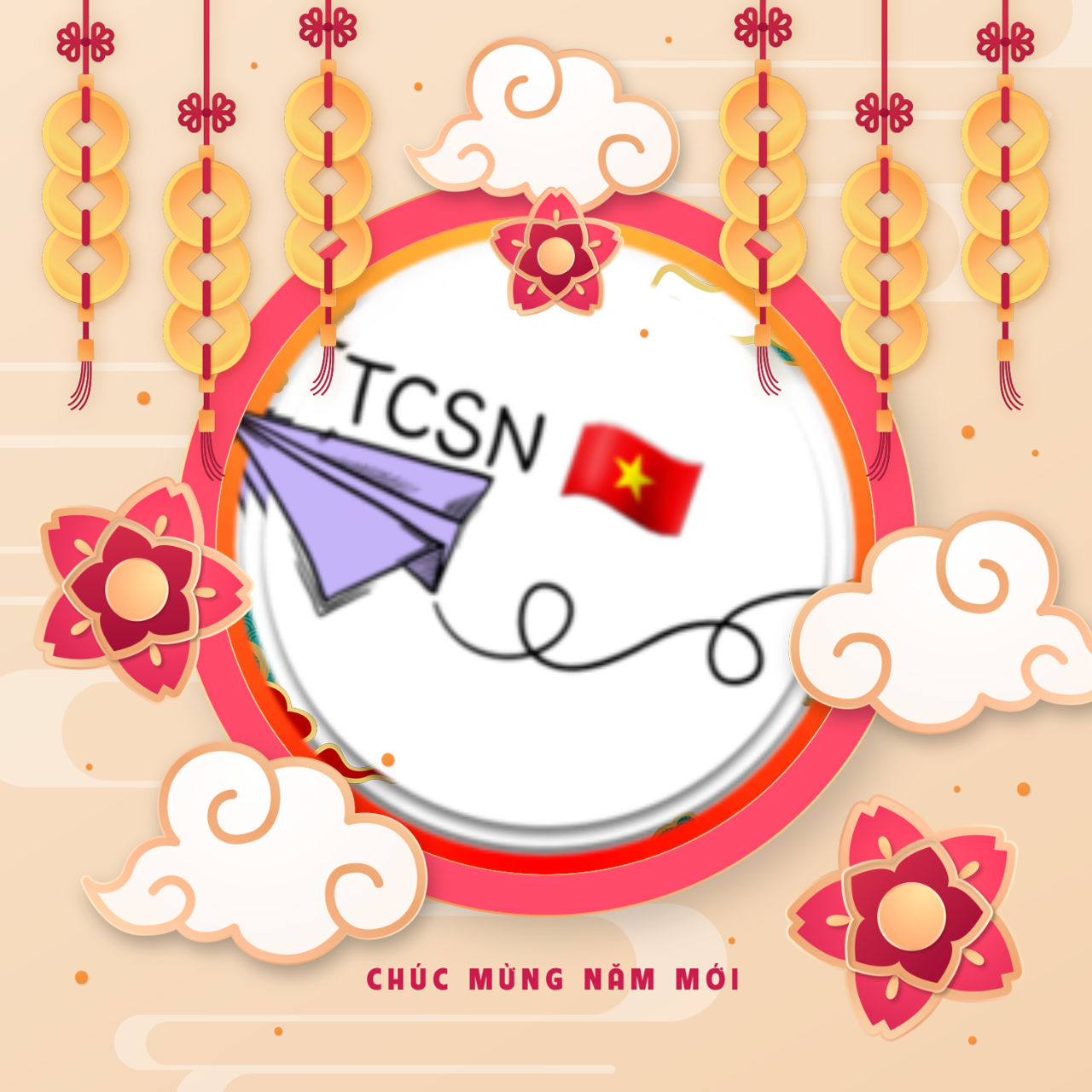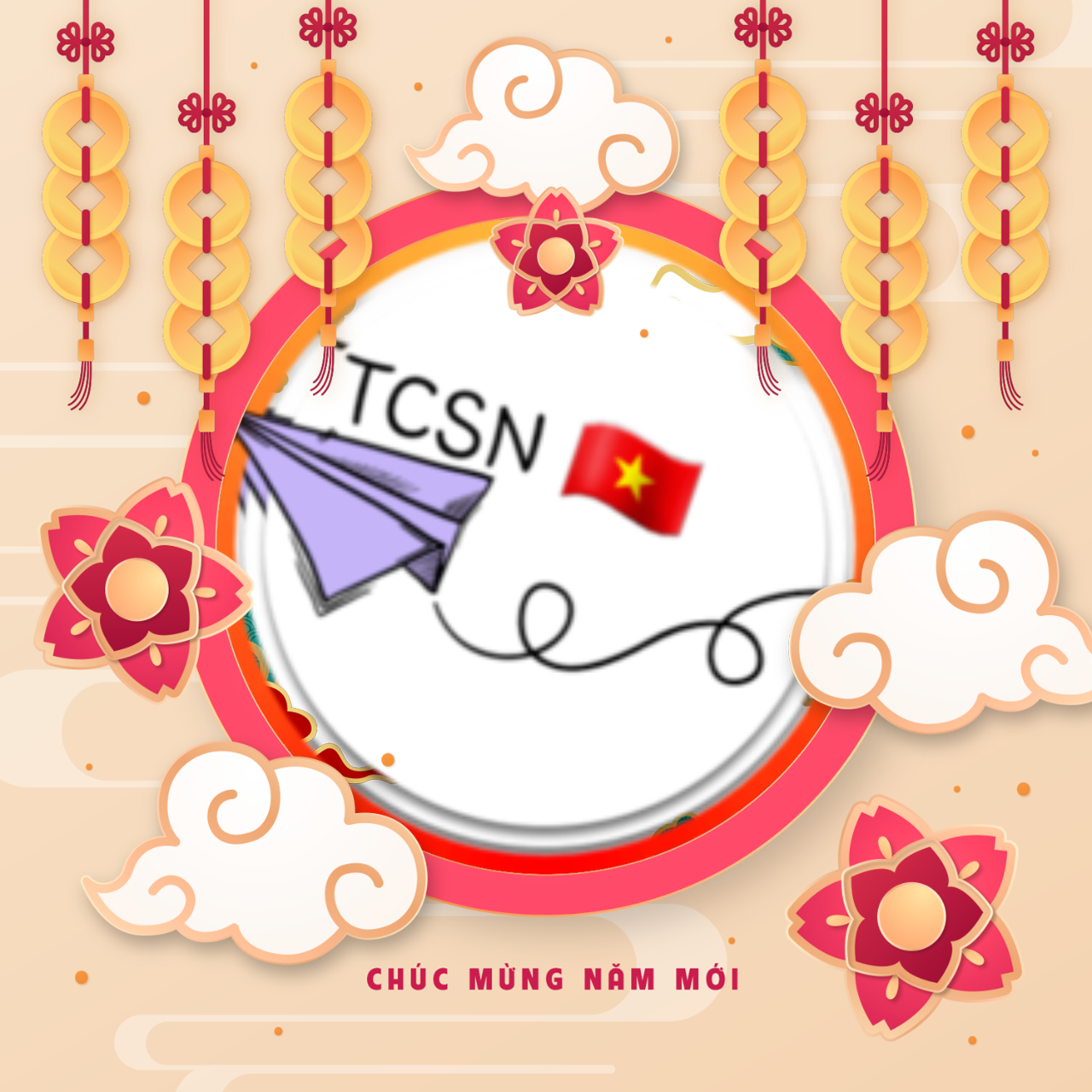Ultraviolet-visible spectroscopy (UV-Vis) is a widely used analytical technique that measures the absorbance of ultraviolet and visible light by a sample. This method is essential in fields ranging from chemistry and biology to environmental science and material analysis. UV-Vis spectroscopy operates on the principle that molecules absorb light at specific wavelengths, causing electronic transitions between energy levels. By measuring the intensity of absorbed light, researchers can determine the concentration of compounds, study reaction kinetics, and investigate the molecular structure of substances. UV-Vis spectroscopy is favored for its simplicity, accuracy, and versatility, making it a staple tool in both research and industrial laboratories.
More Info: https://www.econmarketresearch.com/industry-report/ultraviolet-visible-spectroscopy-market/
Principles of UV-Vis Spectroscopy
At the core of UV-Vis spectroscopy is the interaction between light and matter. When ultraviolet or visible light passes through a sample, molecules absorb energy that excites electrons from lower energy levels to higher ones. The specific wavelengths of light absorbed correspond to the energy required for these electronic transitions, which is unique to each molecule. The spectrometer measures the absorbance (A) of light, which is related to the concentration of the absorbing species by Beer-Lambert's law: A = εlc, where ε is the molar absorptivity, l is the path length, and c is the concentration. This fundamental relationship allows researchers to quantify unknown sample concentrations with high precision, making UV-Vis spectroscopy an indispensable quantitative tool.
Applications in Chemistry and Biology
UV-Vis spectroscopy is particularly valuable in the analysis of organic and inorganic compounds. In chemistry, it is used to monitor the progress of reactions by tracking changes in absorbance over time, giving insights into reaction rates and mechanisms. It is also employed to study metal complexes, organic dyes, and other chromophoric molecules, where the position and intensity of absorbance peaks provide clues about the molecular environment and bonding. In biology, UV-Vis is routinely used to quantify biomolecules such as nucleic acids and proteins. For example, DNA absorbs light at 260 nm, while proteins absorb at 280 nm due to the presence of aromatic amino acids. This allows scientists to measure concentrations and assess the purity of biological samples.
Environmental and Industrial Applications
Beyond academic research, UV-Vis spectroscopy finds critical applications in environmental monitoring and industrial quality control. In environmental science, it is used to detect and quantify pollutants such as nitrates, phosphates, and heavy metals in water samples. The sensitivity of UV-Vis makes it possible to monitor trace contaminants, ensuring water safety and compliance with regulatory standards. In the pharmaceutical and food industries, UV-Vis is used to ensure the consistency and purity of products by measuring the absorbance of key ingredients or potential contaminants. Its non-destructive nature, coupled with the ability to analyze both liquids and solids, makes UV-Vis an essential quality control technique in manufacturing environments.
Instrumentation and Advancements
A typical UV-Vis spectrophotometer consists of a light source (usually a deuterium lamp for the UV range and a tungsten lamp for the visible range), a monochromator to select the desired wavelength, and a detector to measure the transmitted light. Modern advancements in UV-Vis instrumentation have improved its sensitivity, speed, and ease of use. For example, diode-array spectrophotometers allow for simultaneous detection of all wavelengths, significantly reducing analysis time. Additionally, software integration has enhanced data analysis, enabling more complex applications such as spectral deconvolution and multi-component analysis. As technology evolves, UV-Vis spectroscopy continues to become more accessible and powerful, broadening its applicability across disciplines.
Limitations and Challenges
While UV-Vis spectroscopy offers many advantages, it is not without limitations. One challenge is that it can only be used to study compounds that absorb in the UV or visible regions of the spectrum. Non-absorbing compounds require the use of derivatization or coupling agents to produce measurable signals. Another limitation is that UV-Vis lacks the structural detail provided by techniques like nuclear magnetic resonance (NMR) or mass spectrometry (MS), making it more suited for quantification than for detailed molecular characterization. Moreover, sample preparation and solvent selection can influence the accuracy of results, as solvents themselves may absorb light in the UV-Vis range, interfering with the measurements.
Future Directions and Innovations
The future of UV-Vis spectroscopy lies in further miniaturization, automation, and integration with other analytical techniques. Portable UV-Vis spectrometers are becoming increasingly popular, allowing in-field measurements for environmental monitoring or industrial inspections. Coupling UV-Vis with techniques like liquid chromatography (LC) or mass spectrometry (MS) offers enhanced analytical capabilities, enabling more comprehensive analysis of complex samples. Innovations in nanotechnology and materials science are also contributing to the development of advanced UV-Vis sensors for real-time monitoring of chemical and biological processes. As these technologies evolve, UV-Vis spectroscopy will continue to be a critical tool in both scientific research and industrial applications.
Contact Us:
For inquiries, partnerships, or to learn more about our services, please contact us at [email protected] .
Phone: (+1) 812-506-4440
Mobile: +91-7875074426



